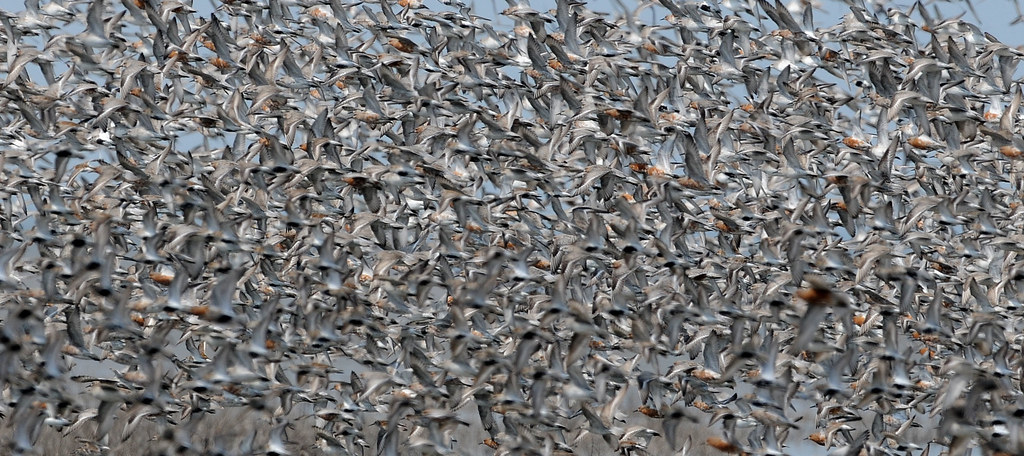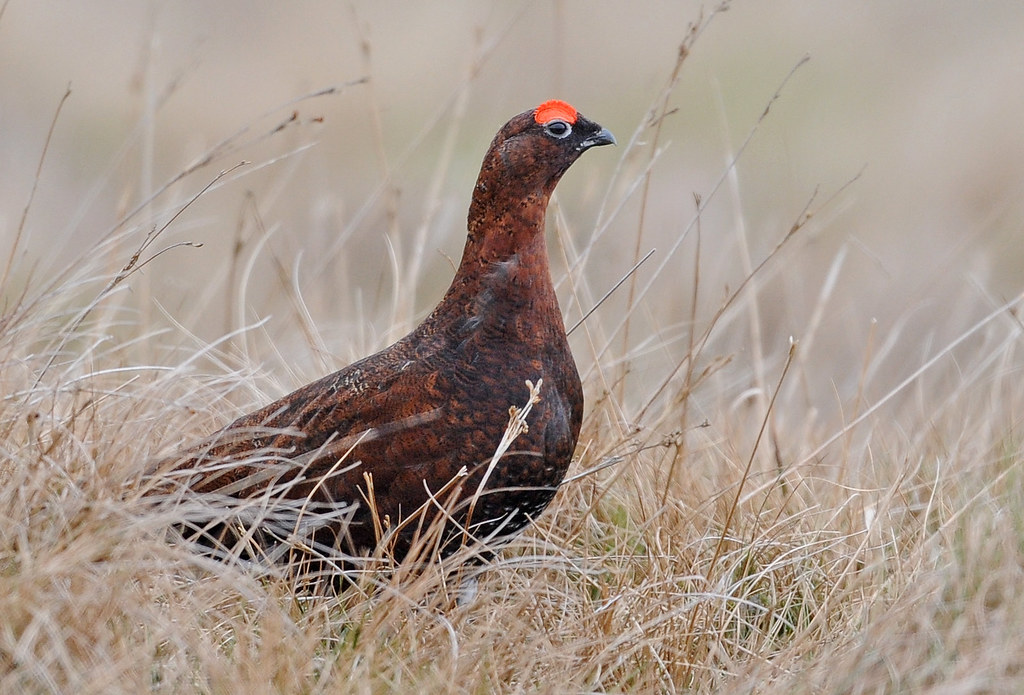The list I created on Wednesday was a short list on a Conder/C'sands two in a row double....I never tire of it!
Ruff Antonio Puigg
Something of a coincidence today at Cockersands, when I glimpsed three waders fly into a freshly cut field to join in excess of 400 Black-headed Gull (BHG)....unidentified but I immediately thought Ruff. Galloping off to get nearer to the field and closer views, I soon discovered the threesome were indeed Ruff, all juveniles, a male and two female, the coincidence being, 2 years ago - almost to the day - on 26 August 2011 I saw 14 Ruff in a freshly cut field at Norbreck Farm on Hillam Lane and again with a huge number of BHG's....anything significant about freshly cut fields at the end of August, BHG's, and Ruff!
Also on today's short list at Cockersands, 3 Curlew Sandpiper again with at least the same ratio of Dunlin and Ringed Plover as Tuesday, a Peregrine Falcon came on the scene with the inevitable mass panic, then the bird gave me excellent views when it went to perch on the railings round the lighthouse....
At Conder Green on a briefer visit than the norm and void of a wander, 2 adult Spotted Redshank and a Greenshank in the creeks. On Conder Pool, 5 Snipe, 4 Little Grebe, the now familiar and well established 2 Wigeon, a count of 104 Lapwing, and I wonder....has the Goldeneye finally departed from here.
Thanks for the Ruff and Wheatear Antonio and David.
Thanks for the Ruff and Wheatear Antonio and David.
.jpg)









.jpg)













.jpg)




+(1).jpg)









